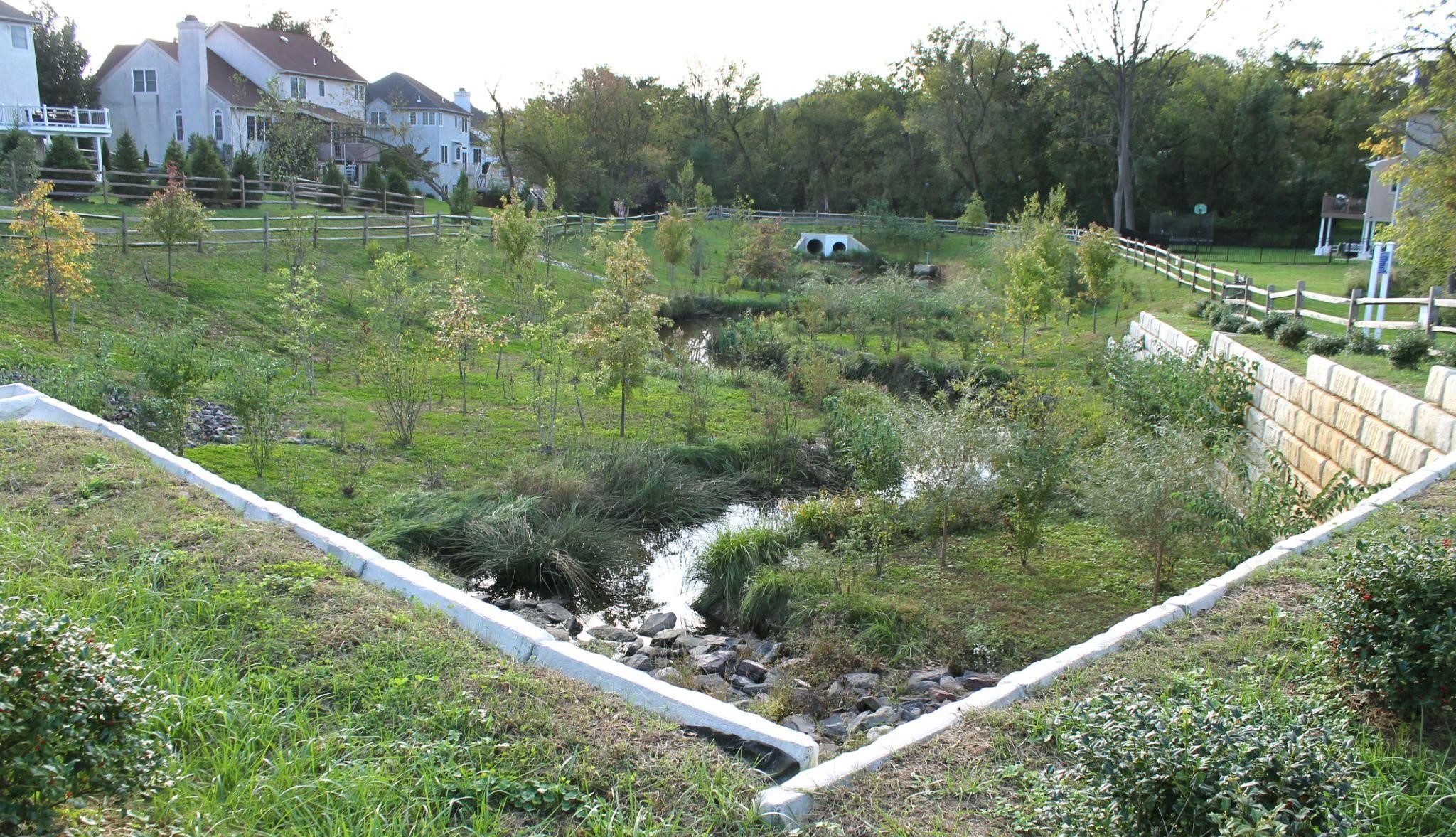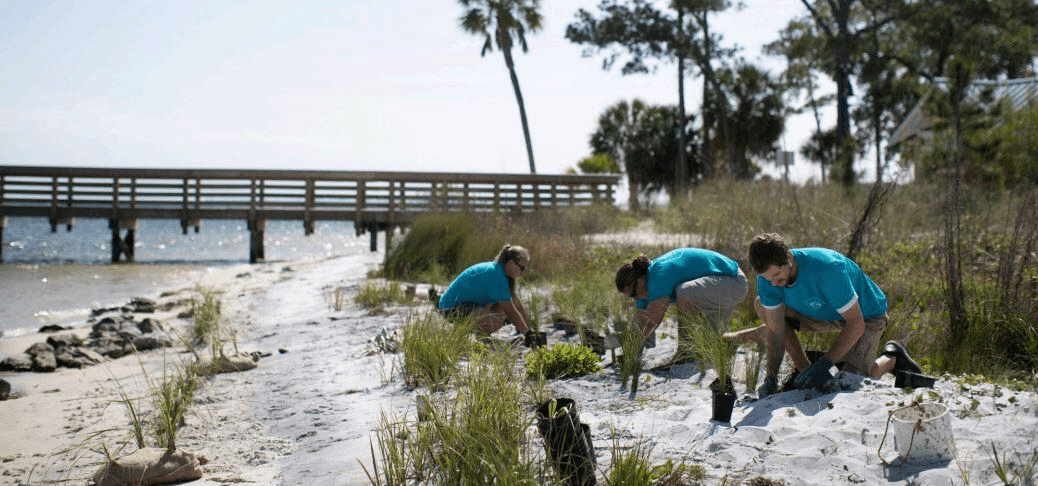We have much more to do and your continued support is needed now more than ever.
Funding Nature-Based Solutions through FEMA’s BRIC Program

On August 1, the Federal Emergency Management Agency (FEMA) announced that 53 projects were selected as a part of the second annual Building Resilient Infrastructure and Communities (BRIC) national competition. BRIC provides an important funding stream to increase natural hazard resilience – approximately $1 billion total will be provided to state, local, territorial, and Tribal governments for a variety of projects as a part of the Fiscal Year 2021 application cycle.
Nature-based solutions (NbS)
The BRIC program continues to encourage projects that incorporate and center nature-based approaches, reflecting the growing body of research that demonstrates that nature-based solutions (NbS) provide considerable risk reduction from weather-related disasters.
FEMA defines NbS as, “sustainable environmental management practices that restore, mimic, and/or enhance nature and natural systems or processes and support natural hazard risk mitigation as well as economic, environmental, and social resilience efforts.” NbS are flexible approaches that exist on a continuum from fully natural projects, like floodplain or wetland restoration, to hybrid solutions that combine natural features with traditional structural infrastructure components.

NbS also provide a wealth of ecosystem services and co-benefits, such as improving water quality, recharging groundwater, reducing erosion, sequestering carbon, supporting wildlife habitat, and providing aesthetic and recreational opportunities.
In BRIC’s first year, 18 out of 22 projects selected included nature-based components. This year, 27 out of the 53 selected projects have nature-based components, totaling approximately $415 million. Additionally, 15 out of the 27 projects with nature-based components were identified as Justice40 projects, as a part of the initiative to direct at least 40% of federal benefits to disadvantaged and underserved communities. Click here for a more detailed breakdown of the data.
For example, a project was selected in Brooklyn, New York, to implement multi-functional nature-based approaches to increase flood resilience and reduce extreme heat impacts for a large community housing complex in a vulnerable community. The project will implement several green infrastructure components, including a stormwater management system, resilient planting, and community spaces.
In Conway, South Carolina, approximately $2 million will be provided to protect a vulnerable population center from increased flood and stormwater intensity through floodplain restoration and the construction of a stormwater wetland and a community park. Projects in Meriden, Connecticut, and Fairbluff, North Carolina both involve the acquisition and demolition of buildings and commercial properties to create community-accessible greenspaces for stormwater detention and retention.
Click here for a more detailed analysis of overall trends and a summary of the projects with nature-based components funded through BRIC this cycle.
How to federally strengthen NbS
Despite their numerous benefits, NbS are still underutilized as a hazard risk reduction strategy. There are several actions that Congress and FEMA can take to prioritize use of nature-based approaches. First, Congress could authorize and direct FEMA to partner with the National Fish and Wildlife Foundation (NFWF) to establish a demonstration program for nature-based hazard risk reduction projects through BRIC program dollars. NFWF has a strong track record of delivering these types of projects, and such a partnership could assist communities interested in NbS in successfully navigating the FEMA application process.
Congress could also set aside a percentage of funds from BRIC’s national competition for nature-based projects, which may increase state and community interest in exploring such approaches. Lastly, FEMA should continue to refine its benefit-cost analysis and BRIC Technical Criteria to ensure that nature-based approaches are appropriately competitive in comparison with traditional structural approaches, and are encouraged as a primary risk reduction strategy in addition to being a common “add-on” to structural hazard reduction projects.
If you would like to learn more about nature-based solutions, read NWF’s latest report, The Protective Value of Nature.





















